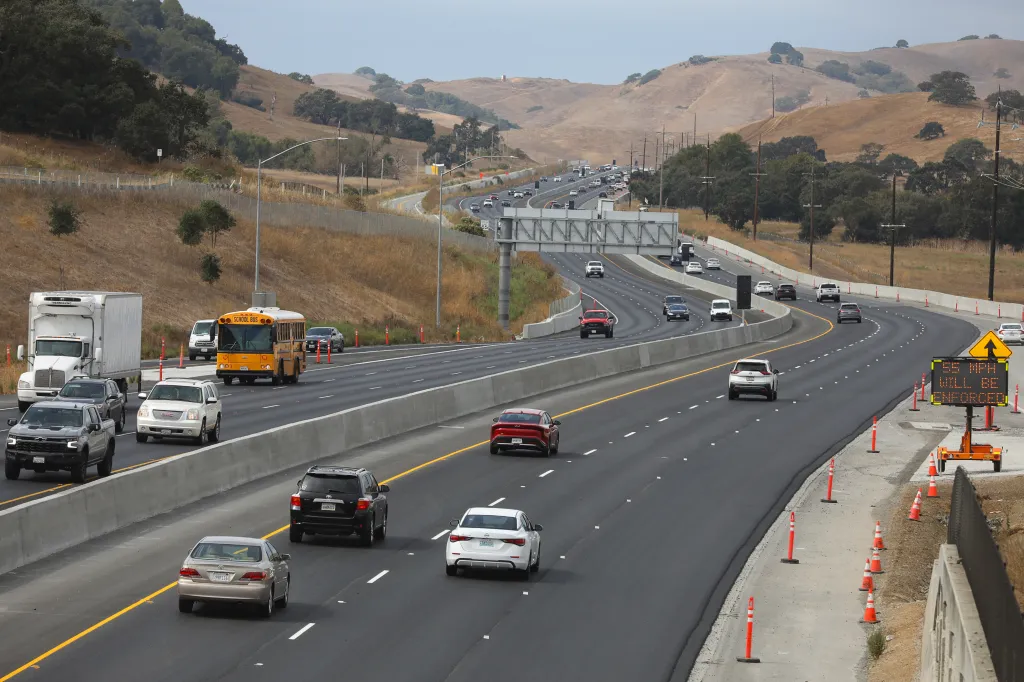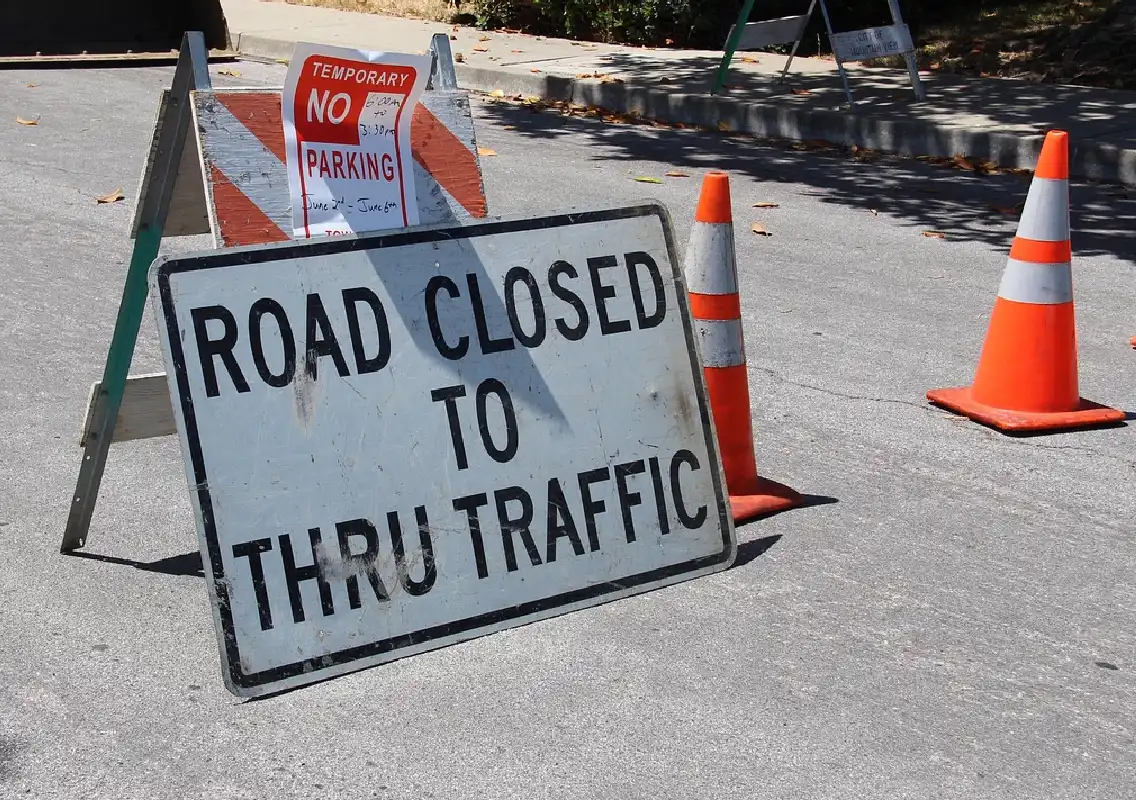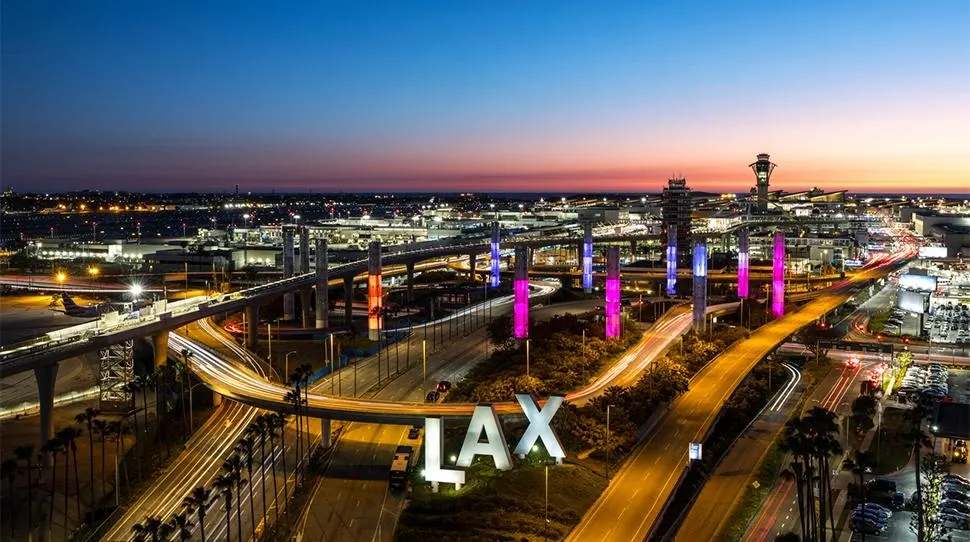North Bay’s $1.5 billion Hwy. 101 widening project reaches final milestone with 3 lanes through Marin-Sonoma Narrrows

Just before dawn on Monday morning, Caltrans achieved a major North Bay milestone — although there are still a few signs on Highway 101 indicating otherwise.
“Right Lane Ends” warned a sign facing southbound motorists a mile south of Petaluma’s Kastania Road exit, just beyond a decommissioned gas station and the billboard for a long-gone “Cigarette Depot.”
Drivers can now feel free to ignore that warning sign, which, as of early Monday morning, had become obsolete. The lane in question now keeps right on going.
Nor, despite identical, out-of-date signage, does the right lane on northbound 101, across the highway from the old Birkenstock building. By sunrise Monday, that dreaded three-lanes-down-to-two bottleneck was a thing of the past.
The opening of those lanes, and closing of those chokepoints, marks the completion of the Marin-Sonoma Narrows project, which focused on a 16-mile stretch of the highway between Novato and Petaluma. Work on that project began in 2011 and has cost an estimated $762 million.
That undertaking was part of an even larger, roughly $1.5 billion public works project designed to create a continuous carpool lane from Sausalito to Windsor – a vision which, as of Monday, has now been realized.
The removal of the final two pinch points along that 58-mile stretch represents a watershed moment for Caltrans, which announced in a release that “around 5 a.m. Monday morning” it had opened the long-awaited, continuous HOV lanes (third lanes) on Northbound and Southbound US-101.”
Suzanne Smith, who retired in 2023 as executive director of the Sonoma County Transportation Authority, spent 26 years at that agency securing hundreds of millions of state, federal and local dollars for North Bay highway and road projects – none more extensive or expensive than the project Caltrans just completed.
Smith, who now chairs The SMART Initiative, a citizens group seeking to renew that commuter rail line’s public funding through a voter-led ballot measure, described the completed carpool lanes on Highway 101 “the final step in a massive team effort to provide critical infrastructure improvements” for people in Marin and Sonoma counties.
Yes, the project’s various phases have taken decades to finish, she allowed, “but it takes a long time to build a project that exceeds a billion dollars.”
Now with people finally able to reap “the benefits of that improvement, of all the work that’s gone into this by so many people, across the board – it’s a great to see,” she said.
“We’re excited to see the goal of three lanes achieved.” said Ariel Kelley, a Healdsburg City Council Member and vice chair of SCTA, who called the 101 “the throughline” of Sonoma and Marin counties.
The completed project, she said, “fulfills the wishes of voters” who since 2004 have passed and extended quarter-cent sales taxes in Sonoma County to raise funding for road, highway and transit upgrades.
Matt O’Donnell, a spokesperson for Caltrans, described the completed HOV lanes as “incredibly rewarding” for his agency and its partners “to see these lane extensions fully operational after decades of planning, coordination, and dedication.”
With planning stages that stretched back to the previous century, the Highway 101 widening project, “represents a significant investment in improving safety, reducing congestion, and enhancing mobility for the traveling public,” O’Donnell wrote in an email.
“Seeing it come to life and begin delivering real benefits to commuters and surrounding communities is a proud milestone for everyone involved.”
He also encouraged the driving public “to utilize the new HOV lanes, which are expected to improve traffic flow and reduce travel times across the corridor.”
That’s easier said than done, of late. With the Trump administration ending federal regulations that allowed states to issue Clean Air Vehicle decals, those stickers will be invalid starting Wednesday.
That’s when drivers of electric vehicles will lose their carpool lane privileges, forcing many of those EVs into the regular lanes.
Caltrans managed to put a damper on its own landmark achievement, however, by dramatically expanding its carpool lane hours in Marin and Sonoma counties, from 5 to 10 a.m., then 3 to 7 p.m., in both directions, in the process infuriating thousands of commuters.
Many motorists have since shared with The Press Democrat that the new hours, which went into effect on Sept. 8, have significantly increased their commute times.
“It’s very frustrating,” wrote Darryll Fletcher of Santa Rosa, whose commute to San Rafael is up 20 minutes in both directions, “to have watched/paid for/dealt with the continuous construction of the third lane through the county only to have it be finished and be rendered useless immediately.”
“I’m frustrated,” agreed Dario Garcia of Rohnert Park, who “waited years for a new lane, for nothing. Where are my tax dollars going?”
The new carpool lane hours aren’t necessarily permanent, said John Goodwin, a spokesman for the Metropolitan Transportation Commission, which coordinates transportation systems across the nine-county Bay Area.
But change, if it happens at all, will take months.
“History shows that traffic patterns usually take six weeks or longer to stabilize after any kind of major operating change,” Goodwin wrote in an email last week.
“My guess is that Caltrans likely will want to have at least a few months of data after the closing of the carpool lane gap before recommending any change in operating hours.”
Now that the gap is closed, said Ross Clendenen, a spokesperson for the Sonoma County Transportation and Climate Authorities, “there is an expectation that congestion” in that corridor will be “alleviated.”
With so much focus on the commuting times, noted Smith, “people may have forgotten about the safety value this project brings.”
Before work on the Narrows began, she said, driveways from many businesses and residences dumped directly onto the 101.
“It was dodgy! Whether it was Kastania, San Antonio Road, the landfill – there was a lot of direct access onto 101. It was an unsafe corridor,” recalled Smith, who once had to jam on her brakes to avoid a collision with a driver who pulled onto the highway in front of her off of San Antonio.
The safety improvements have added “huge value,” she said.
To complete the final HOV lane segments, crews worked overnight, over the weekend, according to a Caltrans release.
Night-time work will continue this week, through Saturday, on northbound 101, just north of Atherton Avenue, between 8:30 p.m. and 7a.m. Lanes are scheduled to be close during that period, with the San Antonio Road on- and off-ramps on northbound 101 “intermittently closed” during that same time frame.
You can reach Staff Writer Austin Murphy at 707-521-5214 or austin.murphy@pressdemocrat.com. On X @ausmurph88.



